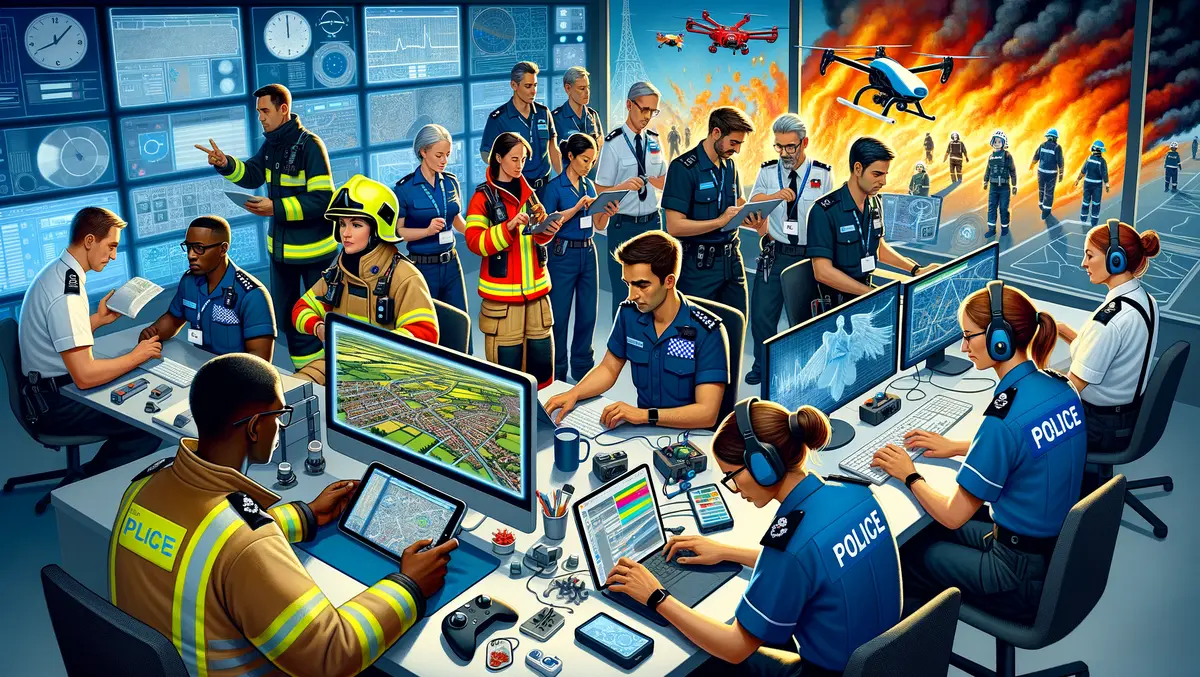
Study reveals tech diversity crucial for UK emergency services
Following a recent analysis, a study of UK emergency services communication systems has revealed a troubling trend: a significant number of these services experience communication outages due to a lack of diversity in their technological setups.
The data, derived from a series of Freedom of Information (FOI) requests submitted to various emergency services, highlights that 60% of these services do not use a mix of communication technologies, leading to a higher incidence of communication breakdowns. Specifically, over the past five years, 35% of the UK's police, fire and rescue, and ambulance services reported experiencing communication outages. More strikingly, 83% of these outages occurred in services that did not employ a full spectrum of communication technologies.
In contrast, services that utilised a combination of satellite broadband, radio, and cellular phone services demonstrated significantly fewer operational interruptions. On average, these diversified communication setups experienced one incident every 43 days, compared to a more frequent one every ten days for those relying on more limited technologies. This more than threefold increase in resilience is critical for emergency service teams, providing them with robust coordination capabilities, unaffected by dead spots or disruptions in coverage.
The findings underscore the necessity for emergency services to maintain multiple communication channels to ensure operational continuity, especially during disasters or major events that could sever existing terrestrial communication lines. Viasat, a company that has been heavily involved in aiding emergency response operations, emphasises the importance of integrating high-speed satellite communications into these networks.
Viasat's services have historically provided critical support across the globe. For instance, during wildfires in Australia, the US, and Europe, high-speed satellite communications have afforded emergency services detailed, up-to-date situational awareness, enabling them to address crises more effectively. Similarly, in the UK, Viasat has helped ambulance services share live video feeds of patients with hospitals en route, allowing for more efficient and timely medical interventions.
The necessity for redundant and resilient communication systems is further highlighted by the increasing frequency of both man-made and natural disasters. According to the United Nations Office for Disaster Risk Reduction (UNDRR), the number of major recorded disasters rose to 7,348 between 2000-2019, a nearly 75% increase from the previous two decades. As global economic losses during the same period have also surged by over 80%, the need for reliable communication solutions in disaster response has never been more evident.
Viasat advocates for a multi-pronged approach to communication resilience, combining speed, capacity, and redundancy to ensure seamless operations under any circumstances. The company recommends that emergency service providers budget for and invest in diverse communication technologies to enhance their operational capabilities. Currently, 28% of UK emergency services have budgeted for new communication technologies over the next five years, with an average investment of £1.3 million.


